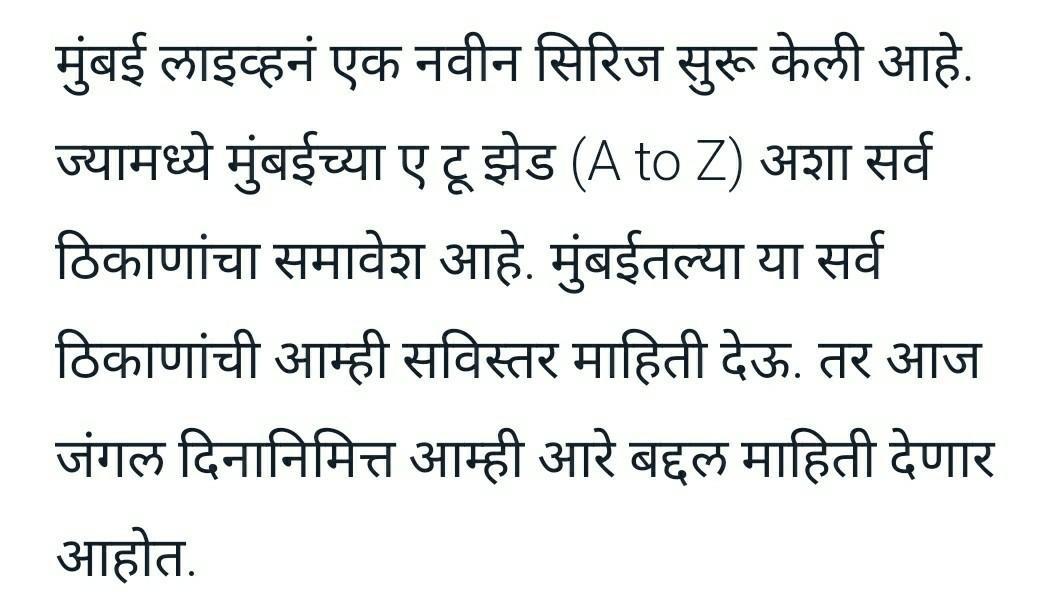सरकारी बजट के कोई तीन उद्देश्य लिखिए
-
Subject:
Economy -
Author:
jazminberry -
Created:
1 year ago
Answers 2
Answer:
सरकारी बजट-किसी देश का सरकारी बजट उस देश के एक वित्तीय वर्ष में सरकारी व्ययों और आय के साधनों का विवरण होता है। इसमें एक वित्तीय वर्ष के दौरान अनुमानित प्राप्तियों एवं व्यय को भी दिखाया जाता है। ... सरकारी बजट की विशेषताएँ-(i) रोजगार में वृद्धिः सरकारी बजट का उद्देश्य रोजगार के स्तर में वृद्धि करना होता है।
सरकारी बजट के उद्देश्य (Objectives of government budget in Hindi) बजट के माध्यम से सरकार का उद्देश्य व्यापार में उतार-चढ़ाव जैसे मुद्रास्फीति या अपस्फीति को रोकना है। अर्थव्यवस्था में वस्तुओं और सेवाओं की कीमतों को स्थिर रखने के लिए सरकार अपस्फीति के समय घाटे का बजट और मुद्रास्फीति के समय अधिशेष बजट रखती है।
-
Author:
abelzz5z
-
Rate an answer:
2
सरकारी बजट:
Explanation:
- गतिविधियों का पुनर्वितरण। आर्थिक गतिविधियों को स्थिर करना।
- सार्वजनिक उद्यमों का प्रबंधन।
- सरकारी नीतियों के प्रमुख उद्देश्य (पूर्ण रोजगार बनाए रखना, मूल्य स्थिरता सुनिश्चित करना, आर्थिक विकास प्राप्त करना और भुगतान संतुलन रखना) कि एक उद्देश्य को प्राप्त करने के लिए उपयोग की जाने वाली नीतियां अन्य उद्देश्यों को प्राप्त करने पर नकारात्मक प्रभाव डाल सकती हैं।
- सरकारी नीतियों के प्रमुख उद्देश्य (पूर्ण रोजगार बनाए रखना, मूल्य स्थिरता सुनिश्चित करना, आर्थिक विकास प्राप्त करना और भुगतान संतुलन रखना) कि एक उद्देश्य को प्राप्त करने के लिए उपयोग की जाने वाली नीतियां अन्य उद्देश्यों को प्राप्त करने पर नकारात्मक प्रभाव डाल सकती हैं।
-
Author:
kidoz88
-
Rate an answer:
2
If you know the answer add it here!
Choose a language and a region
How much to ban the user?
1 hour
1 day
100 years

